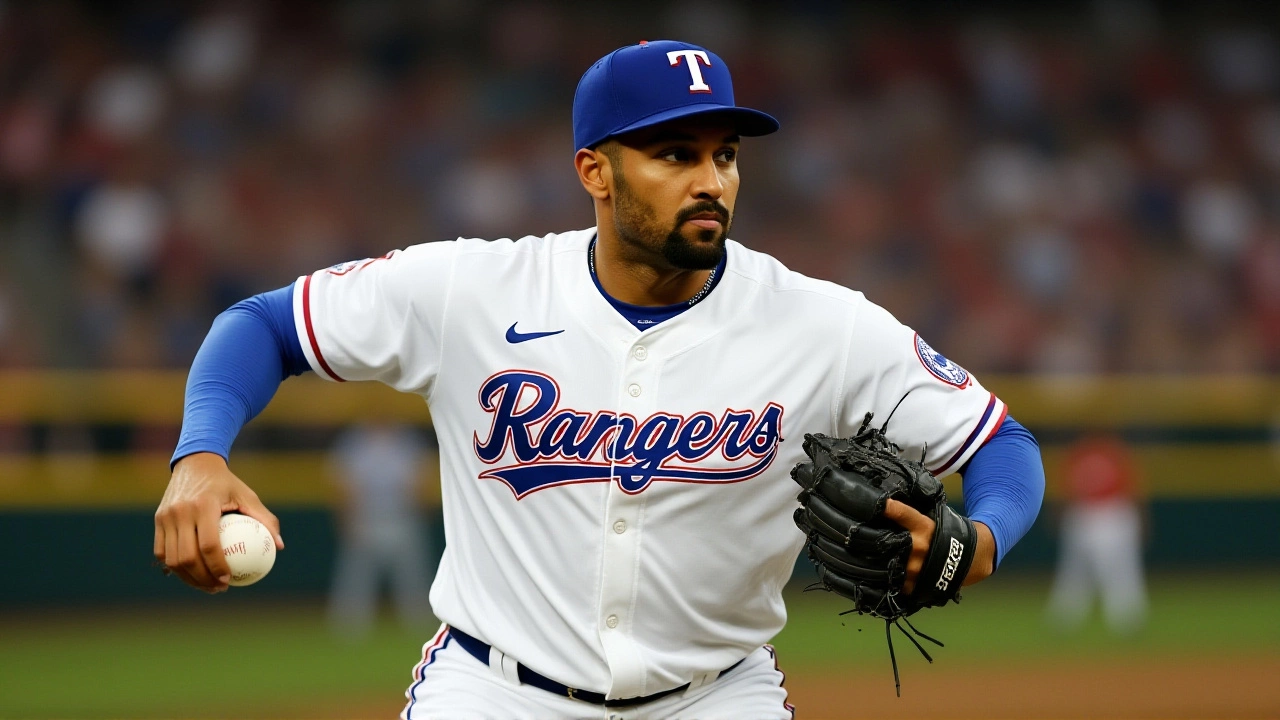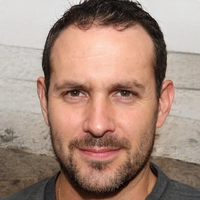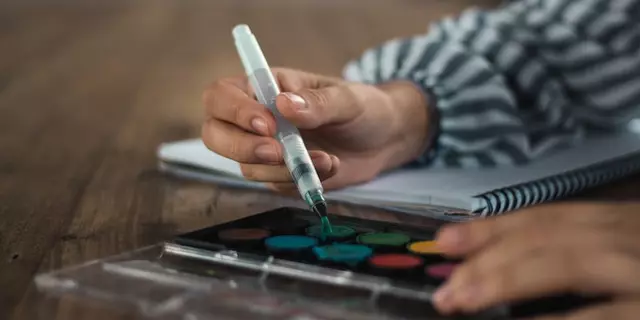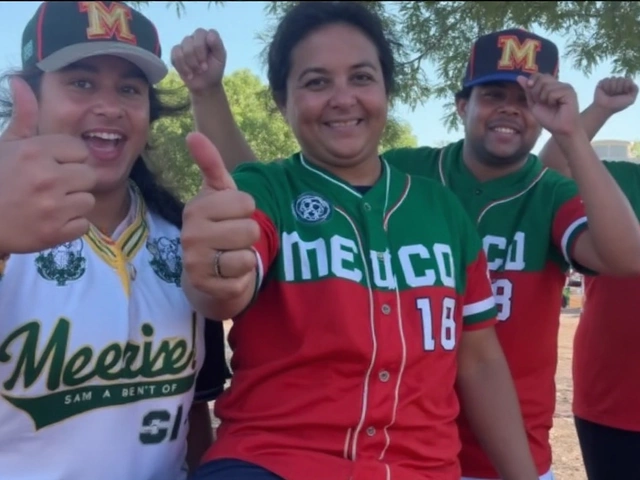The New York Mets shocked baseball on Sunday evening, November 23, 2025, by trading beloved outfielder Brandon Nimmo to the Texas Rangers in exchange for veteran second baseman Marcus Semien—a deal that includes a $5 million cash payment from New York to offset salary differences. The move, confirmed by The Athletic, MLB.com, and the Associated Press, ends Nimmo’s 10-year tenure with the Mets, a franchise cornerstone since his 2016 debut. It’s the first true blockbuster of the MLB offseason, and it reshapes the core of two teams with very different ambitions.
Why This Trade Wasn’t Predicted
Nobody saw this coming. Nimmo, 32, was the face of the Mets’ patient rebuild—a patient, on-base machine who embodied the team’s identity. Semien, 35, was the steady, Gold Glove anchor at second base for Texas, a model of durability. According to Sports Illustrated, neither player was considered a realistic trade candidate this winter. Yet here we are. The twist? The Mets are sending $5 million to the Rangers to balance the gap between Nimmo’s remaining $105 million on his eight-year, $162 million contract and Semien’s $72 million left on his seven-year, $175 million deal. Nimmo waived his no-trade clause—something he’d never been asked to do—after being offered an extra $1 million as a goodwill gesture. Semien, who never had a no-trade clause, didn’t need convincing.The Numbers Behind the Swap
On paper, Nimmo was the better hitter in 2025: .262 average, 25 home runs, .760 OPS. Semien? .230, 15 homers, a career-low .669 OPS. But baseball isn’t just about batting averages. Semien played 127 games, missed only six since joining Texas in 2022, and has been a defensive stalwart. His Gold Glove pedigree—won in 2021—is exactly what the Mets say they need. New York Mets president of baseball operations David Stearns has been clear: he wants to improve run prevention. Nimmo, by contrast, had his worst defensive season ever in 2025, according to MLB.com. His range in left field dropped, his arm strength flagged, and his defensive metrics hit a 10-year low.Meanwhile, the Rangers, who finished 81-81 in 2025—the first .500 season in franchise history—need offense. Semien’s production has dipped, but Nimmo’s consistency, plate discipline, and left-handed power could revitalize a lineup that struggled to score in clutch situations. The Rangers also get a player who, at 33, still has two more years of elite on-base skills before his bat declines.
The Ripple Effect in New York
The trade cracks open the Mets’ once-unbreakable core: Nimmo, Francisco Lindor, Pete Alonso, and Jeff McNeil. That group was supposed to be the foundation of a dynasty. Instead, since forming in 2021, they’ve won just one playoff game outside their 2024 NLCS run—despite having the third-highest payroll in baseball over that span. Now, the Mets have to figure out who replaces Nimmo in left field. Jeff McNeil? Carson Benge, their top prospect? Or do they go all-in on free agents like Kyle Tucker or Cody Bellinger? MLB Trade Rumors is already asking: Did the Mets just become buyers for both Bellinger and Tucker?There’s also the infield puzzle. With Semien now locked in at second, what happens to Mark Vientos, Luisangel Acuña, Ronny Mauricio, or even Pete Alonso if he’s moved to first full-time? The Mets now have more flexibility—but also more decisions to make. And they’re doing it with a payroll that still sits near the top of the league.
What This Means for Texas
For the Rangers, this isn’t just about offense. It’s about chemistry. Semien was the glue of their 2023 World Series team alongside Corey Seager. Now, they’re betting Nimmo can be that glue again—not as a defender, but as a leader and a steady presence. He’s also joining longtime teammate Jacob deGrom, who signed with Texas last offseason. The emotional connection between the two is real. DeGrom, who’s still rehabbing from elbow surgery, reportedly texted Nimmo within minutes of the trade being finalized. MLB.com noted that “Nimmo’s arrival could be the spark Texas needs to return to contention.”But there’s risk. Nimmo’s defense is a concern. His range has slipped. He’s not the player he was in 2021 or 2022. And at 33, he’s entering the final phase of his career. The Rangers are gambling that his bat, his experience, and his clubhouse presence can carry him through the next two seasons—long enough to help them contend again before his contract expires in 2030.

A Franchise in Transition
Nimmo was supposed to be a Met for life. He was the last man standing from the 2015-2017 rebuild. He was the guy who stayed through the worst years, the guy who signed that $162 million deal with the understanding that he’d retire in Queens. Instead, he’ll finish his career in Arlington. MLB.com put it bluntly: “Had Nimmo stuck around Flushing, he might have someday had his No. 9 retired at Citi Field. Instead, he joins a long list of popular Mets to spend the back half of their career in other places.”The Mets, meanwhile, are signaling something new: they’re done waiting. They’re trading a beloved icon for a proven, if fading, star with better defense. They’re betting that flexibility and defense can win more games than loyalty and offense alone. And they’re doing it in a season where the National League is wide open.
What’s Next?
MLB must still formally approve the transaction due to the $5 million cash payment, but sources say that’s a formality. The trade is expected to be finalized by November 27. The Rangers will announce Semien’s official arrival next week. The Mets, meanwhile, will likely make another move—either signing a free-agent outfielder or pushing Carson Benge into the majors by Opening Day.One thing’s certain: the Mets’ identity has changed. The patient, patient, patient rebuild is over. The era of Nimmo is done. And the race for the NL East just got a lot more interesting.
Frequently Asked Questions
Why did the Mets trade Brandon Nimmo despite his strong offense?
Despite Nimmo’s .262 average and .760 OPS in 2025, his defensive metrics hit a 10-year low, and his range in left field had deteriorated. The Mets, under David Stearns, prioritize run prevention over offensive volume. Semien’s Gold Glove defense and durability offered a clear upgrade in the field, even if his bat slowed. New York’s goal was flexibility and defense—not just hitting.
How does this affect the Mets’ infield and future prospects?
With Semien now at second base, the Mets must decide what to do with Mark Vientos, Luisangel Acuña, Ronny Mauricio, and even Pete Alonso, who may shift permanently to first. Some of these players, especially Vientos and Acuña, could now be trade chips to acquire pitching or another outfielder. The trade signals a shift from long-term development to immediate contention.
Why did Brandon Nimmo agree to waive his no-trade clause?
Nimmo received a $1 million bonus for waiving his no-trade clause, bringing his total compensation for the 2025 season to $21.25 million. He also has a personal connection to Texas—teammate Jacob deGrom is already there. While he was deeply loved in New York, the chance to play with deGrom again and finish his career in a contender likely influenced his decision.
What’s the financial impact on both teams?
The Mets pay $5 million to the Rangers to offset salary differences—Nimmo has $105 million left on his deal, Semien has $72 million. The Mets still carry $105 million in salary obligations for Nimmo through 2030, but they gain defensive value and roster flexibility. The Rangers save $33 million in salary over the next five years while adding a higher-on-base hitter to their lineup.
Is Marcus Semien still a productive player?
His 2025 stats (.230/.669 OPS) were career lows, but he played 127 games and missed only six since 2022—a testament to his durability. Over his four seasons in Texas, he’s hit .249 with 93 homers and 319 RBIs. He’s not the 2021 MVP candidate anymore, but he’s still a high-IQ hitter with elite glove work. The Rangers hope his experience stabilizes a young lineup.
Could this trade lead to more moves by the Mets?
Absolutely. With Nimmo gone and Semien in place, the Mets are now in full buyer mode. They’re actively pursuing free-agent outfielders like Kyle Tucker and Cody Bellinger. They could also trade prospects like Carson Benge or Ronny Mauricio for pitching. This trade wasn’t an end—it was the first domino in a major roster overhaul.






